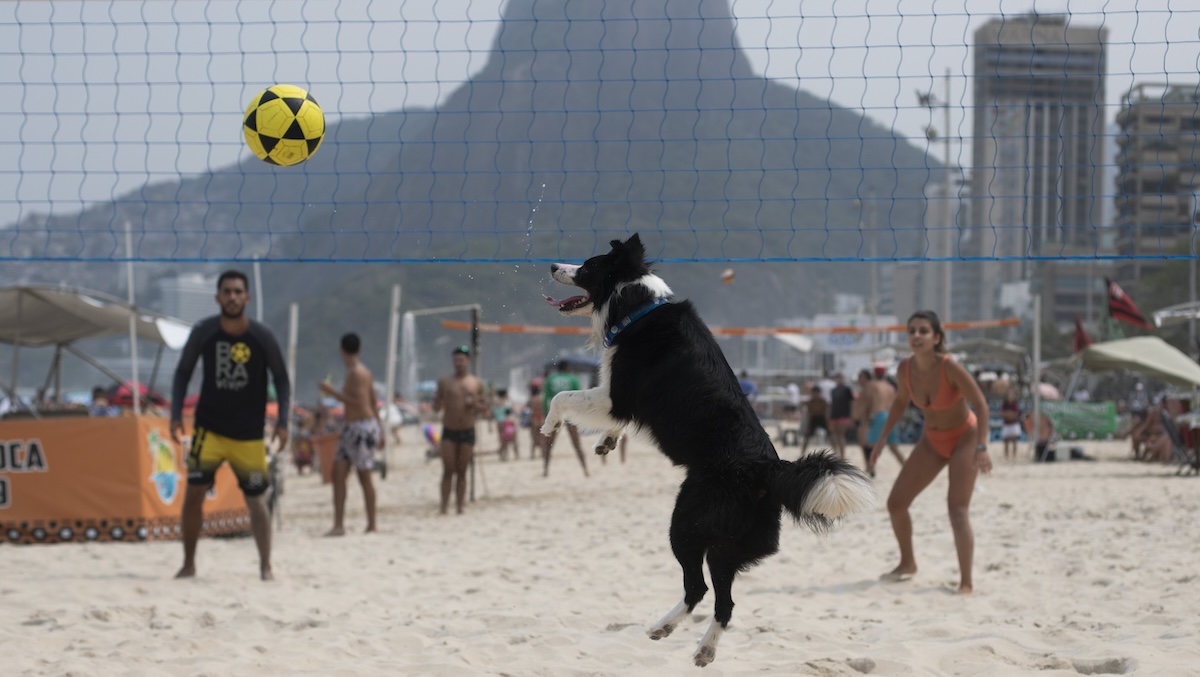A tiny California mouse now has a big title after winning a Guinness World record for longevity.
A Pacific pocket mouse named Pat — after “Star Trek" actor Patrick Stewart — received the Guinness approval Wednesday as the oldest living mouse in human care at the ripe age of 9 years and 209 days, the San Diego Zoo Wildlife Alliance announced after a certification ceremony.
Pat was born at the San Diego Zoo Safari Park on July 14, 2013, under a conservation breeding program, the alliance said.
The Pacific pocket mouse, which weighs as much as three pennies, is the smallest mouse species in North America and gets its name from cheek pouches the animals use to carry food and nesting materials, the wildlife alliance said.
The mouse once had a range stretching from Los Angeles south to the Tijuana River Valley but the population plunged after 1932 because of human encroachment and habitat destruction, the alliance said.
The mouse was thought to be extinct for 20 years until tiny, isolated populations were rediscovered in 1994 in Dana Point in Orange County but the species remains endangered, the alliance said.
Get Tri-state area news delivered to your inbox. Sign up for NBC New York's News Headlines newsletter.
In 2012, the alliance began a breeding program to help save the mouse from extinction. Last year, the alliance recorded 117 pups born in a record 31 litters. Many of the mice will be reintroduced to the wild this spring, the alliance said.
Animal Stories
A new population of Pacific pocket mice was established in Orange County’s Laguna Coast Wilderness Park and the mice began breeding without human assistance in 2017, the alliance said.
Though it doesn't receive the publicity of larger and more charismatic species, the Pacific pocket mouse is critical to its ecosystem because the mice disperse the seeds of native plants and their digging encourages plant growth, the alliance said.
“This recognition is so special for our team, and is significant for the species,” said Debra Shier, who established and oversees the conservation program. “It’s indicative of the dedication and incredible care we as an organization provide for each species, from the largest to the very smallest.”



